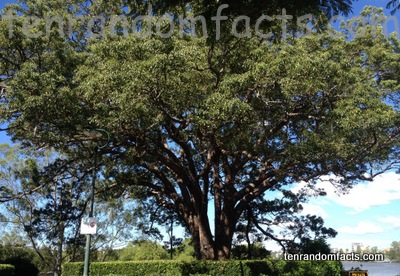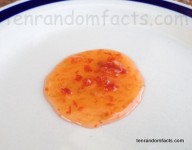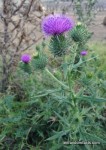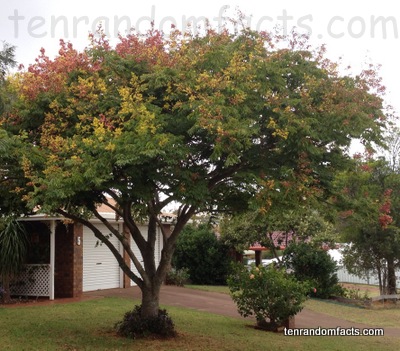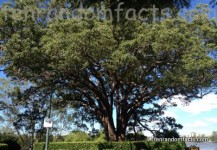
Sit under the shade of a camphor laurel tree.
- Camphor laurels are large shade trees that are evergreen and are typically used in parkland areas and gardens as an ornamental tree.
- ‘Camphor laurels’ are also known as ‘camphor trees’ and ‘camphorwood’.
- The scientific name of a camphor laurel tree is Cinnamomum camphora, from the family Lauraceae, the family of laurels.
- Camphor laurels grow to be 20 to 30 metres (65 to 100 feet) in height and can live for hundreds of years.
- Camphor laurel leaves are typically green and glossy, and if they are crushed they give off a camphor scent.
- In spring, camphor laurel trees have tiny flowers that are generally white in colour, that develop into small green berries that turn black when ripe, that contain a seed.
- Camphor laurels are a significantly invasive species in Australia’s Queensland and New South Wales and in the United State’s Florida, as well as a weed in other states of the United States, and they are commonly spread by birds and animals that eat the berries and expel the seeds.
- Camphor laurel trees produce camphor, that is extracted from the wood, which are chemical crystals that have a waxy texture and are used as a moth repellent, as well as for medicinal and culinary purposes.
- Camphor laurels have a tendency to have a spreading and invasive root system that can disturb buildings and underground water and waste services.
- Camphor laurels are native to south-east Asia, including China, Japan, Borneo, Taiwan, Vietnam and Korea and prefer hot, damp conditions.
Bibliography:
Cinnamomum camphora, 2009, Metropolitan Tree Growers, http://www.metrotrees.com.au/treehandbook/page-listings/cinnamomum-camphora.html
Cinnamomum camphora, 2014, Wikipedia, http://en.wikipedia.org/wiki/Cinnamomum_camphora
D Firth, Camphor laurel, 2009, NSW Government: Department of Primary Industries, http://www.dpi.nsw.gov.au/agriculture/pests-weeds/weeds/profiles/camphor-laurel





